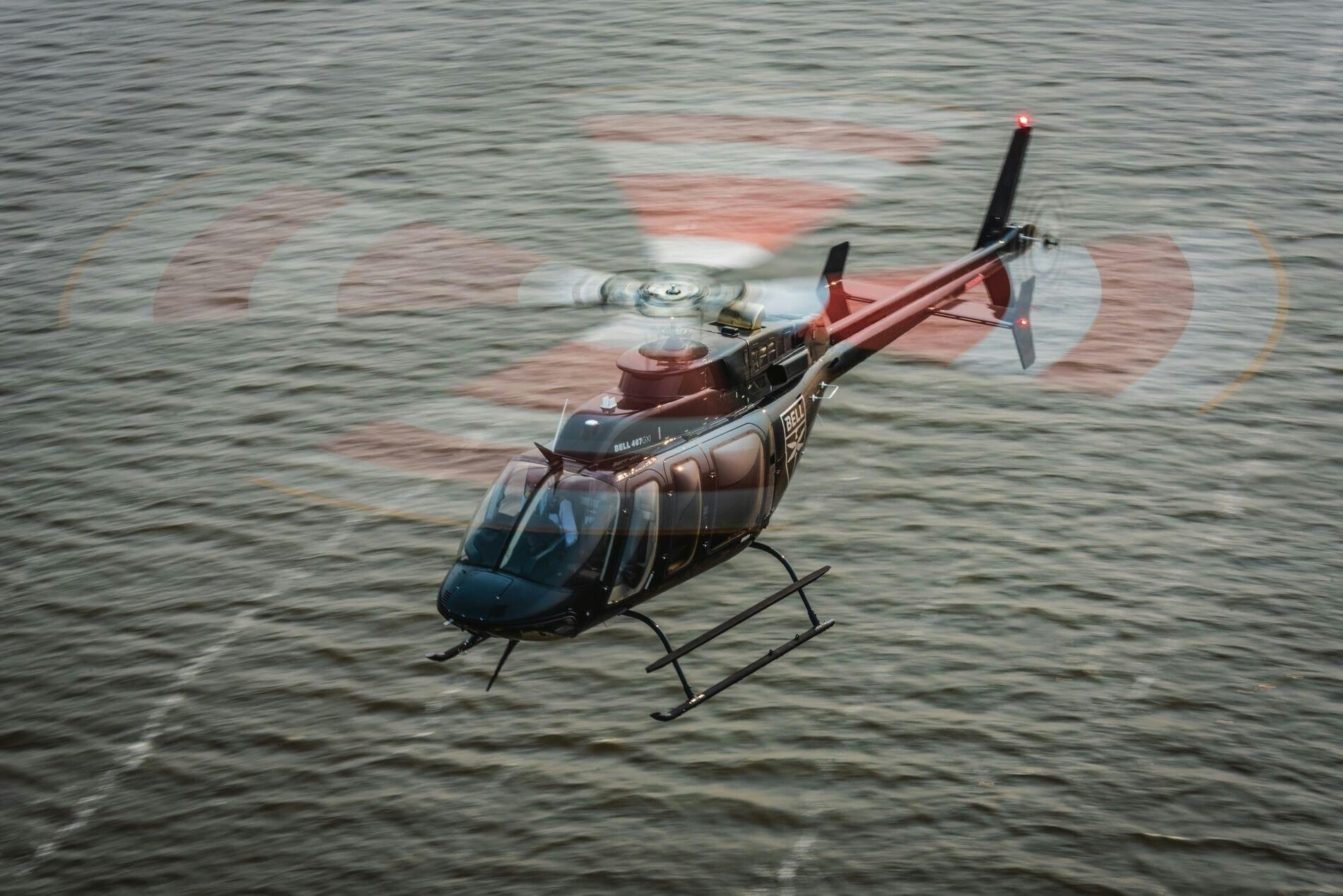
AeroGenie — あなたのインテリジェントな副操縦士。
現在のトレンド
Categories
Avocado55 Launches AI-Powered Claims Service for Aviation
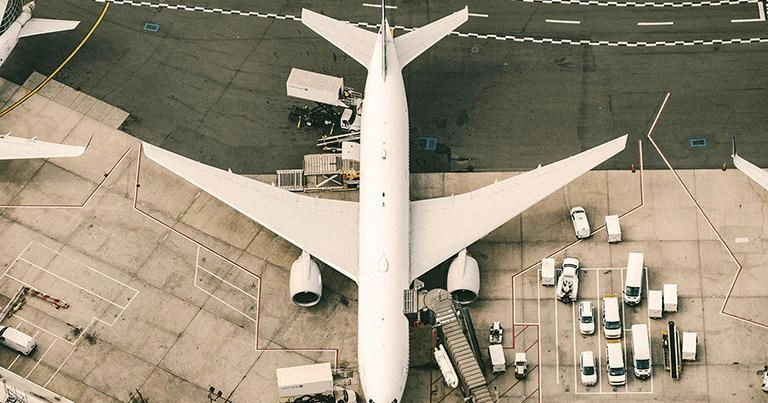
Avocado55 Introduces AI-Driven Claims Service for Aviation
Avocado55 has launched Air Claim Solutions (AirCS), the aviation industry’s first artificial intelligence-powered claims service, designed to revolutionize how airlines manage flight delay and cancellation claims. The announcement was made at the recent APEX FTE EMEA and Ancillary & Retailing events, where Xavier Orr, Aviation Practice Lead at Avocado55, outlined the company’s commitment to leveraging technology to enhance customer experience and operational efficiency.
Transforming Claims Management with AI
AirCS aims to simplify the traditionally complex and time-consuming process of handling flight disruption claims by employing AI to reduce risk, lower costs, and accelerate processing times for airlines globally. The service was developed in partnership with AI workflow automation experts Lokulus and international law firm Clyde & Co, ensuring a comprehensive and legally robust solution. Orr emphasized the company’s ambition to expand AirCS’s capabilities beyond flight disruptions to include baggage claims, personal injury, and more complex complaints in the future.
Avocado55’s approach reflects a broader strategy to stay ahead of evolving customer expectations through continuous technological innovation. “Technology continues to underpin the delivery of the best experiences,” Orr stated, highlighting the company’s focus on identifying innovations that deliver tangible improvements for clients.
Challenges and Industry Response
Despite its potential, the integration of AI-powered claims processing presents significant challenges. Airlines often operate on legacy systems, making seamless integration complex. Moreover, transparency and explainability in AI decision-making are critical, particularly as regulators and customers increasingly demand accountability. Addressing biases within AI models and ensuring stringent data security and privacy standards remain key concerns.
The market’s response to AirCS has been mixed. Some traditional insurers have expressed skepticism regarding the rapid adoption of AI in claims management. Competitors such as Aon, which recently introduced its own AI-powered Broker Copilot for commercial insurance, are intensifying their focus on AI capabilities while emphasizing safety and ethical considerations. Industry experts underscore the necessity of robust governance frameworks to ensure responsible AI deployment.
Leveraging Experience to Navigate Aviation’s Complexities
Avocado55’s extensive experience in the aviation sector positions it well to address the industry’s unique operational demands. Orr noted, “We understand the scale and demands of the operation as we have years of experience working for airlines.” By drawing on best practices from other industries, the company seeks to harmonize operational efficiency with enhanced passenger experiences, asserting that these objectives are complementary rather than conflicting.
Building a strong operational foundation, Avocado55 aims to enable airlines to deliver consistent service while reallocating resources toward future innovation. Orr concluded by reaffirming the company’s confidence in AirCS’s benefits and its dedication to advancing both efficiency and customer satisfaction amid the rapidly evolving aviation landscape.

Europe Advances Aviation Sustainability Through SAF Mandates and Innovation

Lufthansa's Fleet Plans for 2025

Fifteenth National Games Model Aviation Finals in Longhua Showcase Drone Sports and Innovation
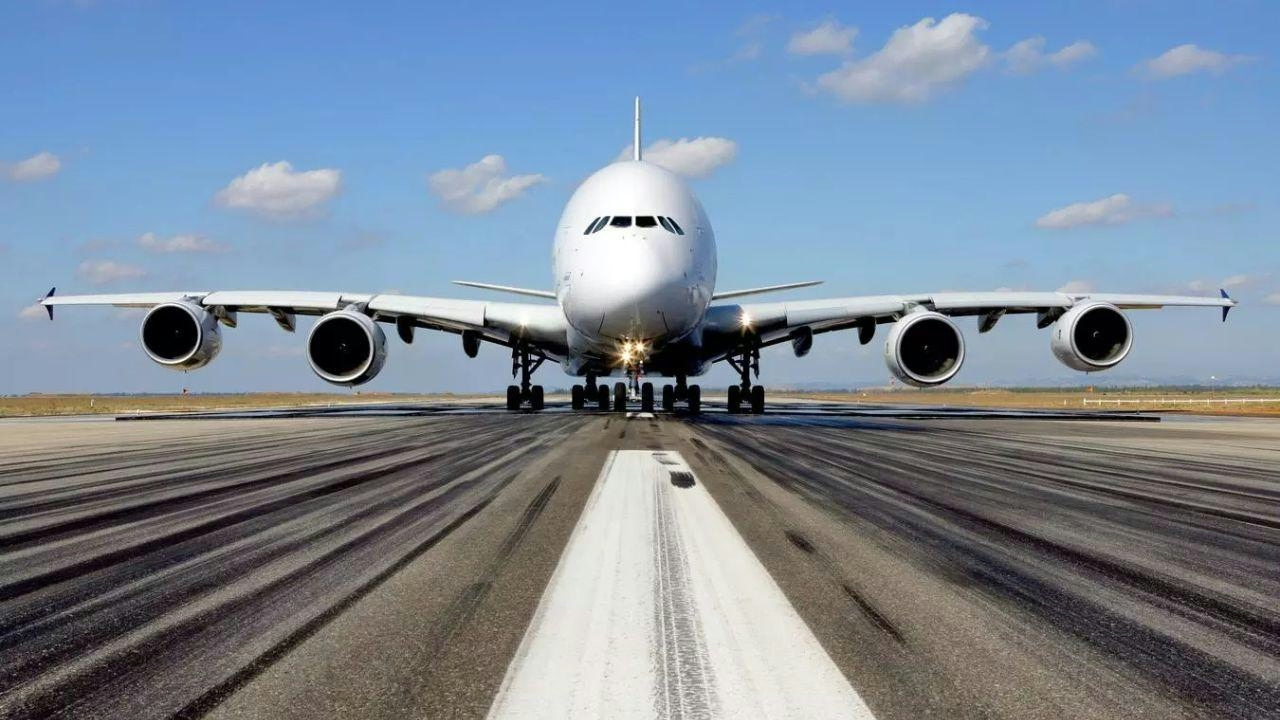
Brazilian Woman Becomes First Female Captain of Airbus A380
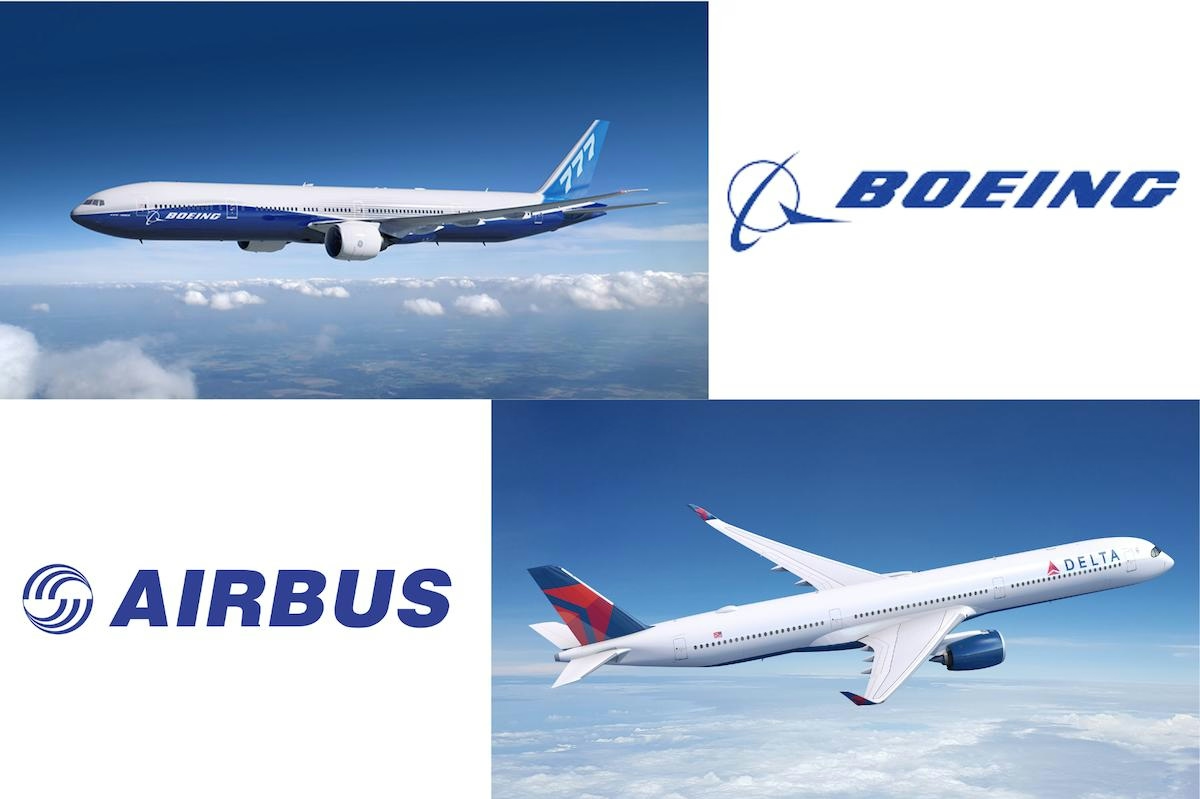
Airbus and Boeing: Comparing Their Global Reach
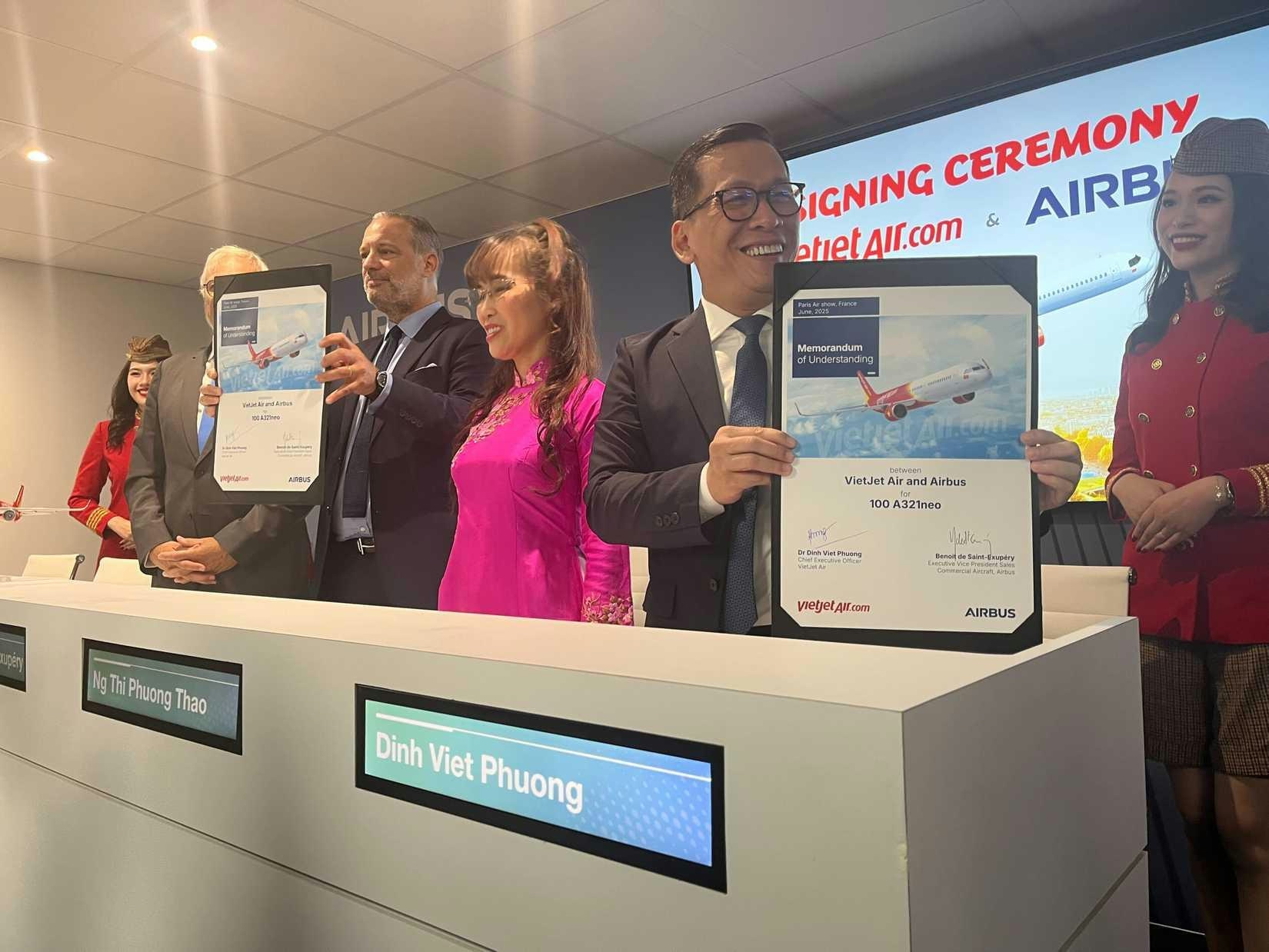
Vietjet Orders 100 Airbus A321neo Jets, Strengthening UK-Vietnam Strategic Partnership
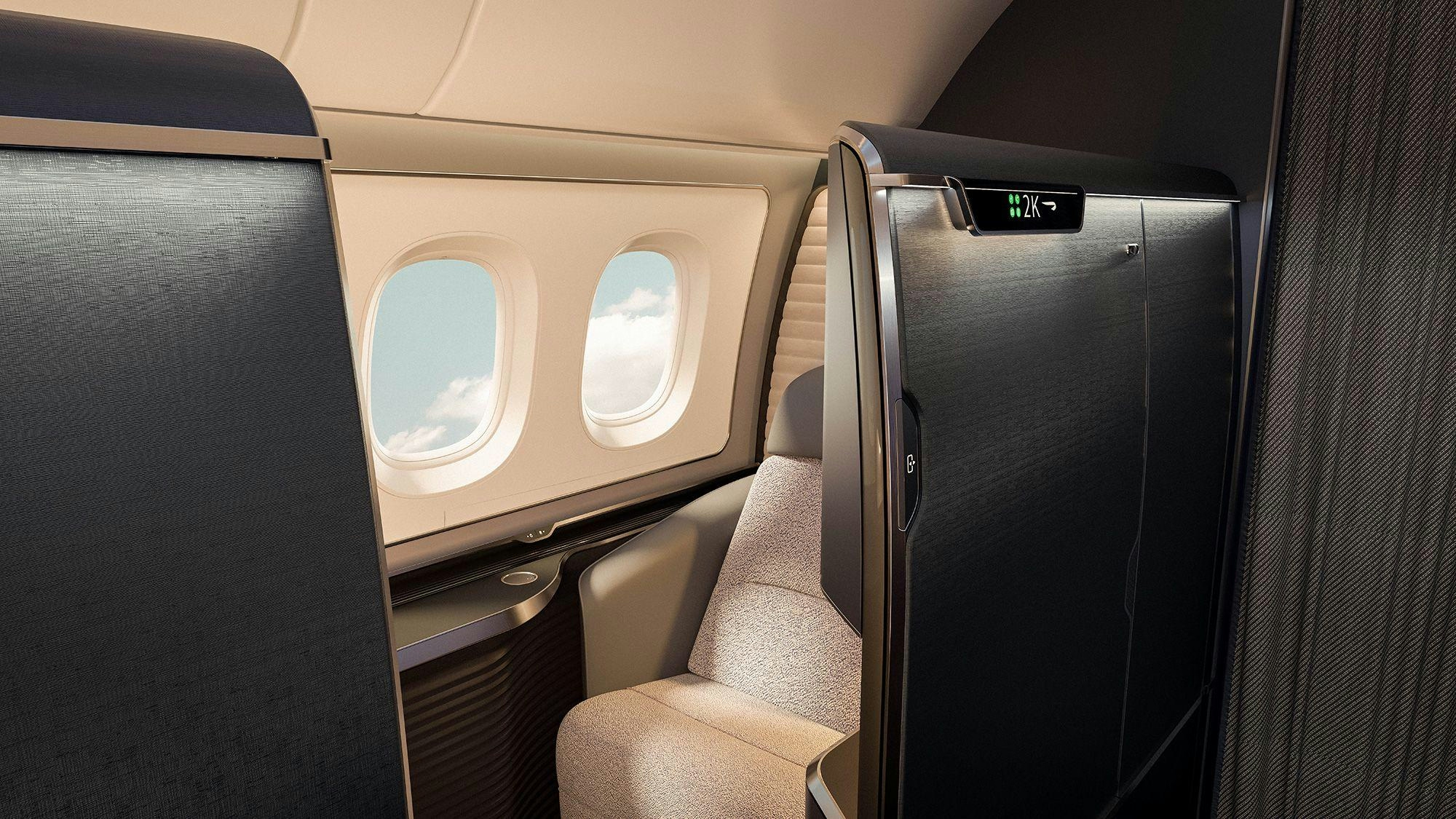
The Aircraft Set to Replace the Iconic Superjumbo

Delta Air Lines Introduces AI-Powered Concierge Service

Shanghai to Host 2025 North Bund International Aviation Forum
